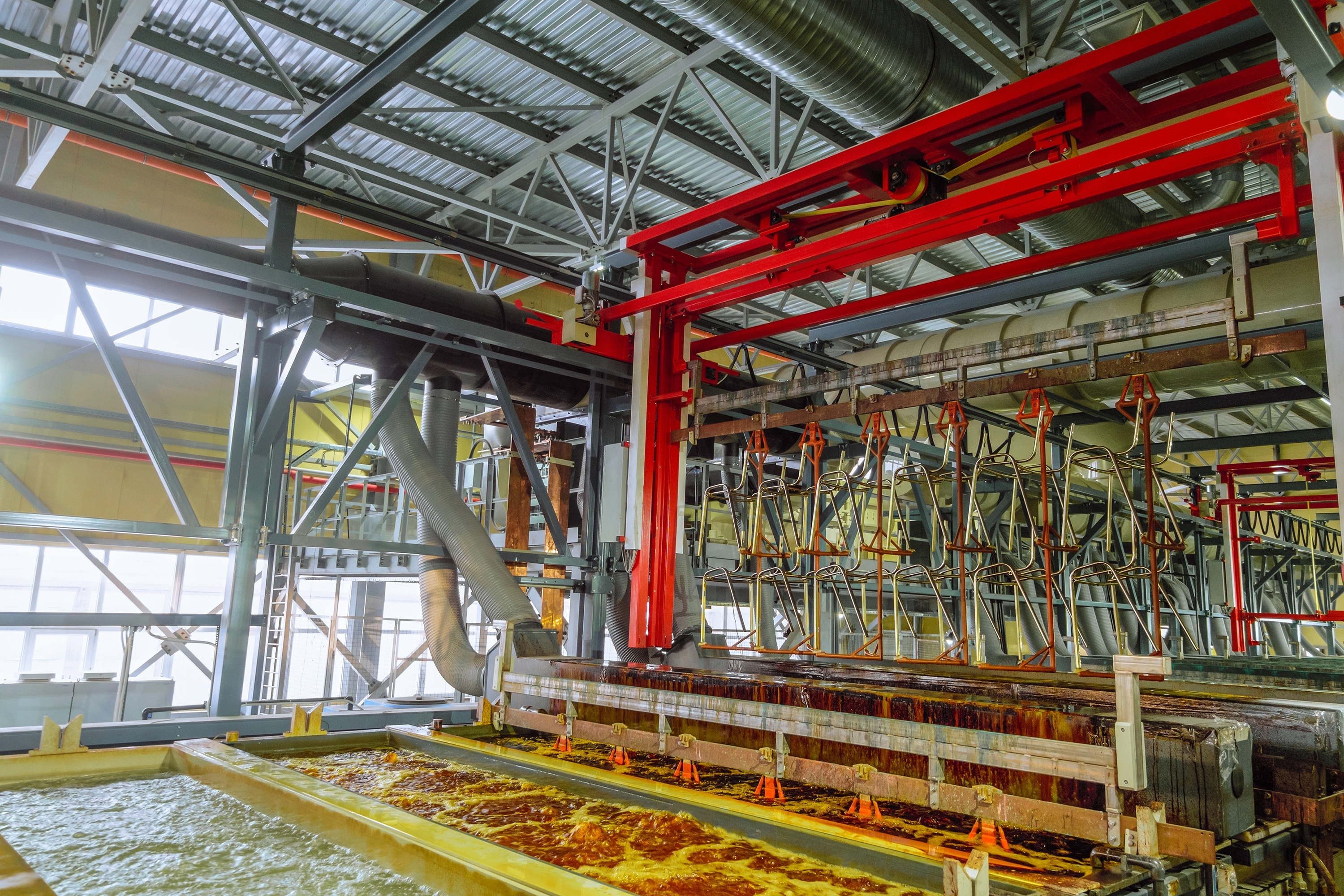Introduction
Electrolytic copper is a high-purity form of copper that is produced through a process called electrolysis. This refined copper is known for its exceptional conductivity, malleability, and resistance to corrosion, making it a critical material in various industries. Due to its purity, electrolytic copper is often used in electrical applications, electronics, and other high-tech fields where reliability and performance are paramount.
The process of producing electrolytic copper is meticulous and requires specific conditions to ensure that impurities are removed, yielding copper that is close to 99.99% pure. This high-grade copper is typically available in the form of copper cathodes, which serve as the building blocks for a wide range of copper products. But how exactly is electrolytic copper made, and what sets it apart from other types of copper? Let's dive deeper.
How is Electrolytic Copper Made?

Electrolytic copper is produced through a carefully controlled process known as electrolytic refining. Here’s a step-by-step look at how it works:
- Preparation of Copper Anodes: Impure copper, often referred to as blister copper (containing around 98-99% copper), is cast into large anodes.
- Setting up the Electrolytic Cell: These anodes are placed in an electrolytic cell containing an electrolyte solution, typically made of copper sulfate (CuSO₄) and sulfuric acid (H₂SO₄).
- Applying Current: A direct current (DC) is passed through the solution, where the copper ions from the anode dissolve into the electrolyte.
- Copper Deposition on Cathode: The dissolved copper ions are attracted to the cathode, a thin sheet of pure copper. Here, they deposit as high-purity copper metal, forming a copper cathode.
- Removal of Impurities: Impurities, including precious metals, fall off and accumulate at the bottom as "anode slime," which can be collected for other applications.
This refining process yields copper cathodes with a purity of around 99.99%, making them suitable for high-demand applications. The consistent purity and high conductivity of electrolytic copper make it indispensable in many advanced industries.
What is the Difference Between Copper and Copper Cathode?
While all copper serves similar purposes, copper cathode refers to the specific high-purity form of copper that is produced through electrolysis. Here’s a comparison of copper and copper cathode to highlight the differences:
- Copper: The term "copper" can refer to any copper alloy or form, such as wire, sheets, or pipes. This copper may vary in purity and often contains a mix of other metals or impurities.
- Copper Cathode: This is the purest form of copper, refined to 99.99% purity through electrolysis. Copper cathodes are rectangular sheets, used as raw material in many applications. Their high purity makes them especially valuable in industries requiring reliable conductivity, such as electronics and electrical systems.
In short, while copper cathodes are a form of copper, they represent a level of refinement and purity that sets them apart from other forms.
What Are Copper Cathodes Used For?
Copper cathodes are essential in multiple sectors due to their high quality and performance. Here’s how they are used:
- Electrical Wiring and Cabling: Copper’s conductivity is unparalleled, making it ideal for electrical wiring in homes, buildings, and infrastructure projects.
- Electronics: Copper cathodes serve as the base material for printed circuit boards (PCBs) and other electronic components.
- Industrial Machinery: In heavy machinery, copper cathodes are used in components that require high resistance to wear and corrosion.
- Renewable Energy Systems: Solar panels, wind turbines, and other renewable energy technologies rely on high-purity copper for efficient energy transmission.
- Automotive Industry: With the growth of electric vehicles (EVs), copper cathodes are increasingly in demand for EV motors and batteries.
Case Example: The Role of Copper Cathodes in Electric Vehicles (EVs)
As the EV industry grows, the demand for high-purity copper cathodes has surged. In EV motors, copper’s conductivity enhances efficiency and minimizes energy loss. For instance, Tesla uses copper extensively in its motors, batteries, and wiring to ensure optimal performance, highlighting the importance of electrolytic copper in the future of transportation.
Conclusion
Electrolytic copper, particularly in the form of copper cathodes, plays a vital role in numerous high-tech and industrial applications. Through the electrolytic refining process, copper is transformed into one of the purest forms available, making it essential for industries requiring high conductivity and reliability. From electronics to renewable energy and electric vehicles, copper cathodes have become indispensable in the modern world.
If you’re interested in sourcing electrolytic copper or have further questions about its applications, don’t hesitate to contact us for more information. Our team is here to help you find the perfect solution for your industry needs.